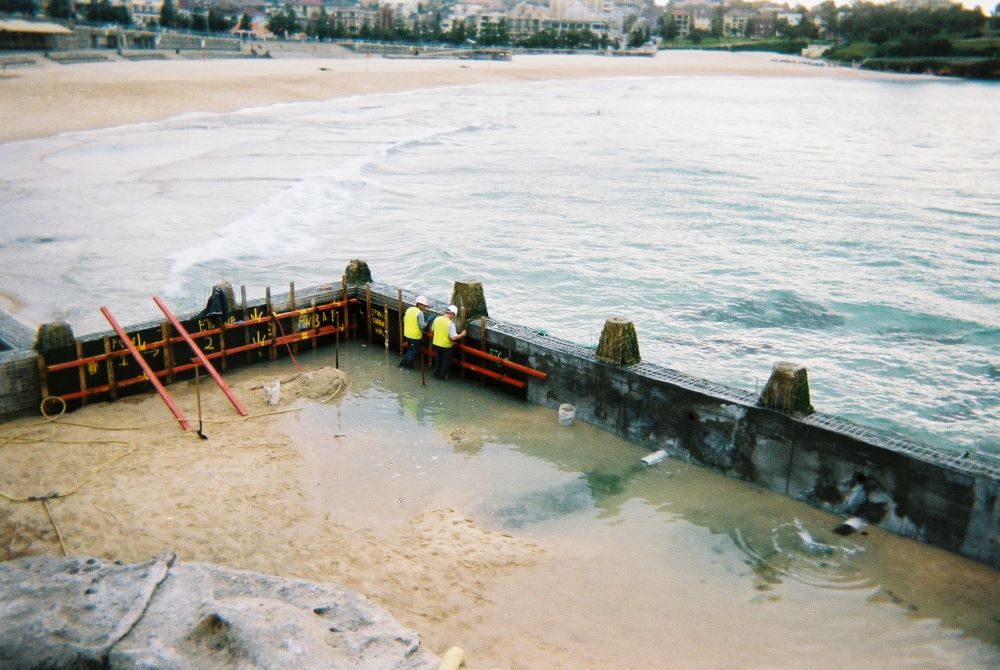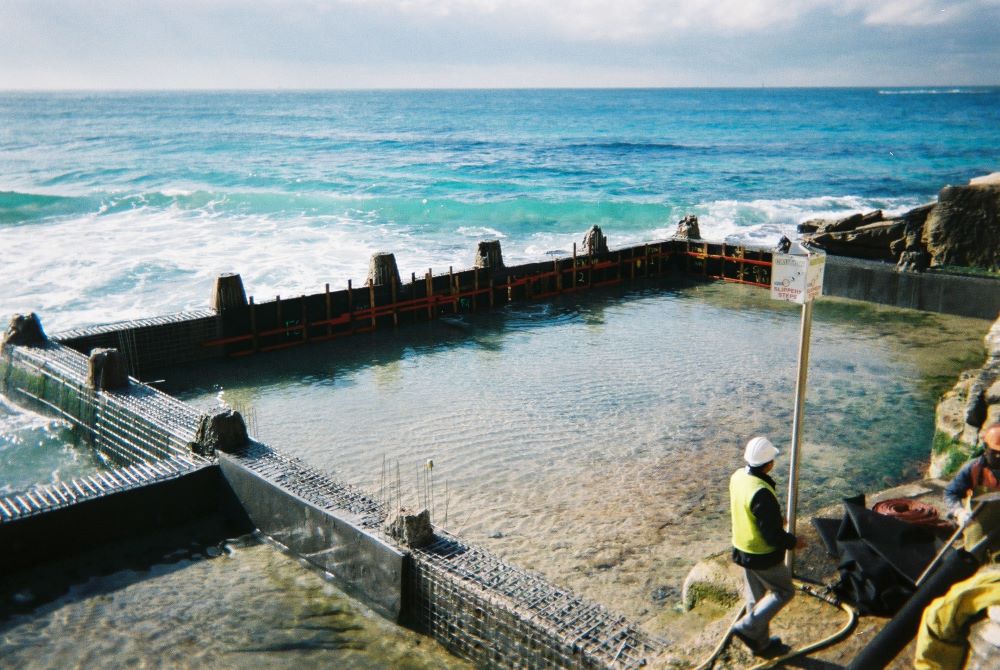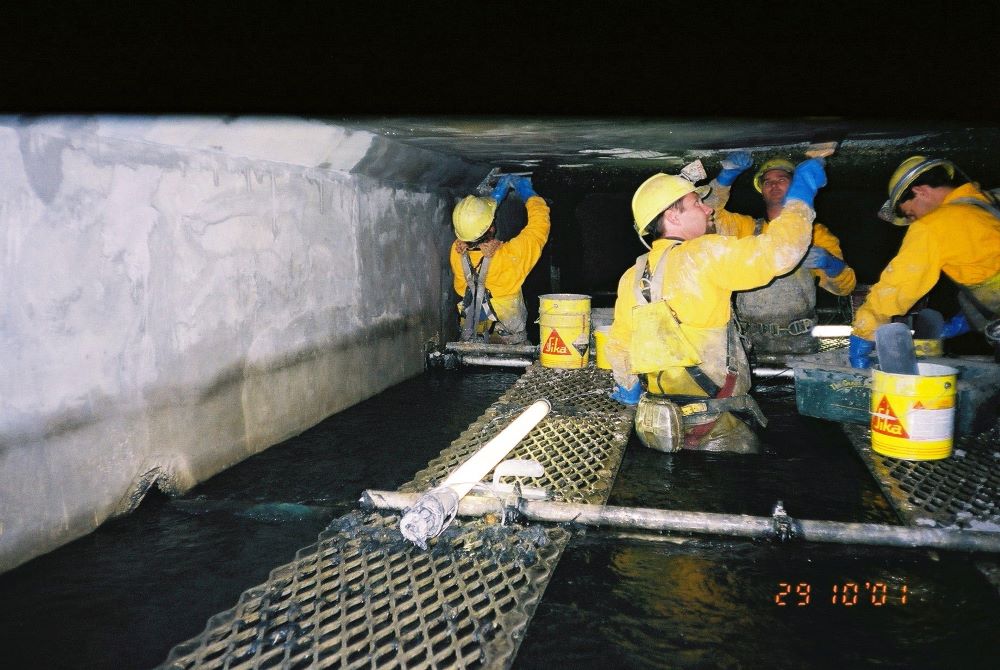
Concrete Deterioration: Understanding the Causes and Signs of Structural Damage
Concrete’s durable but remains susceptible to degradation over time. Whether supporting bridges, tunnels or essential infrastructure, understanding the causes and recognising early signs of wear is crucial for proactive maintenance, ensuring longevity and community safety.
1. Causes of Concrete Deterioration
- Chemical Exposure: Concrete is susceptible to chemical ingress, particularly chlorides and sulfates, which penetrate its surface over time, leading to corrosion of embedded reinforcement.
- Corrosion of Reinforcement: The integrity of concrete is significantly impacted by the corrosion of embedded steel reinforcement. This process weakens the structure and can lead to cracking and spalling.
- Environmental Factors: Moisture infiltration and temperature fluctuations contribute to concrete deterioration. These environmental stressors accelerate the breakdown of concrete surfaces and compromise structural integrity.
2. Signs of Structural Damage
- Cracks: Different types of cracks, such as shrinkage cracks from drying and settlement cracks due to foundation movement, indicate structural stress and potential weaknesses.
- Spalling: Visible chipping or flaking of concrete surfaces, often caused by internal corrosion of reinforcement bars or temperature changes can signify advanced deterioration.
- Discoloration: Changes in concrete coloration can signal underlying issues like moisture infiltration, chemical reactions or aging, necessitating further investigation.
- Leaks and Seepage: The presence of water leaks or seepage indicates compromised waterproofing or drainage systems, potentially causing further damage if not addressed promptly.
3. Common Concrete Remediation Repair Activities
- Crack Injection and Repair: Utilising epoxy or polyurethane injection products to fill and seal cracks, preventing water ingress and reinforcing structural integrity.
- Concrete Patching: Applying specialised patching materials to repair surface defects and restore concrete surfaces to their original strength and appearance.
- Reinforcement Repair: Implementing techniques like cathodic protection or rebar replacement to combat corrosion and extend the service life of concrete structures.
- Waterproofing and Sealing: Installing waterproof membranes or coatings to protect concrete from moisture infiltration and chemical exposure, preserving its durability.
- Structural Strengthening: Enhancing load-bearing capacity with measures like carbon fibre reinforcement, fortifying concrete structures against external forces.
Importance of Working with Experts
Given the complexity and critical nature of concrete remediation, partnering with experts is essential. Professionals bring extensive knowledge and hands-on experience in diagnosing concrete issues, choosing appropriate remediation methods and executing repairs effectively and safely, even in challenging environments such as hazardous and confined spaces.
Advanced technologies and specialised techniques tailored to specific concrete structures are often employed, ensuring precise inspections and durable repairs.
Meeting and exceeding industry standards and safety protocols, experts also ensure that remediation projects are conducted safely and with minimal disruption to infrastructure operations and the community.
Infrastructure owners also gain access to long-term solutions that not only address immediate concerns but also enhance the resilience and lifespan of concrete assets.



Conclusion
Regular inspections, coupled with targeted remediation activities provided by trusted professionals, not only prolong the lifespan of concrete infrastructure but also enhance safety and reduce long-term repair costs.
By understanding the causes of concrete deterioration and recognising early signs of structural damage, infrastructure owners can implement proactive strategies towards access, inspection and repair.